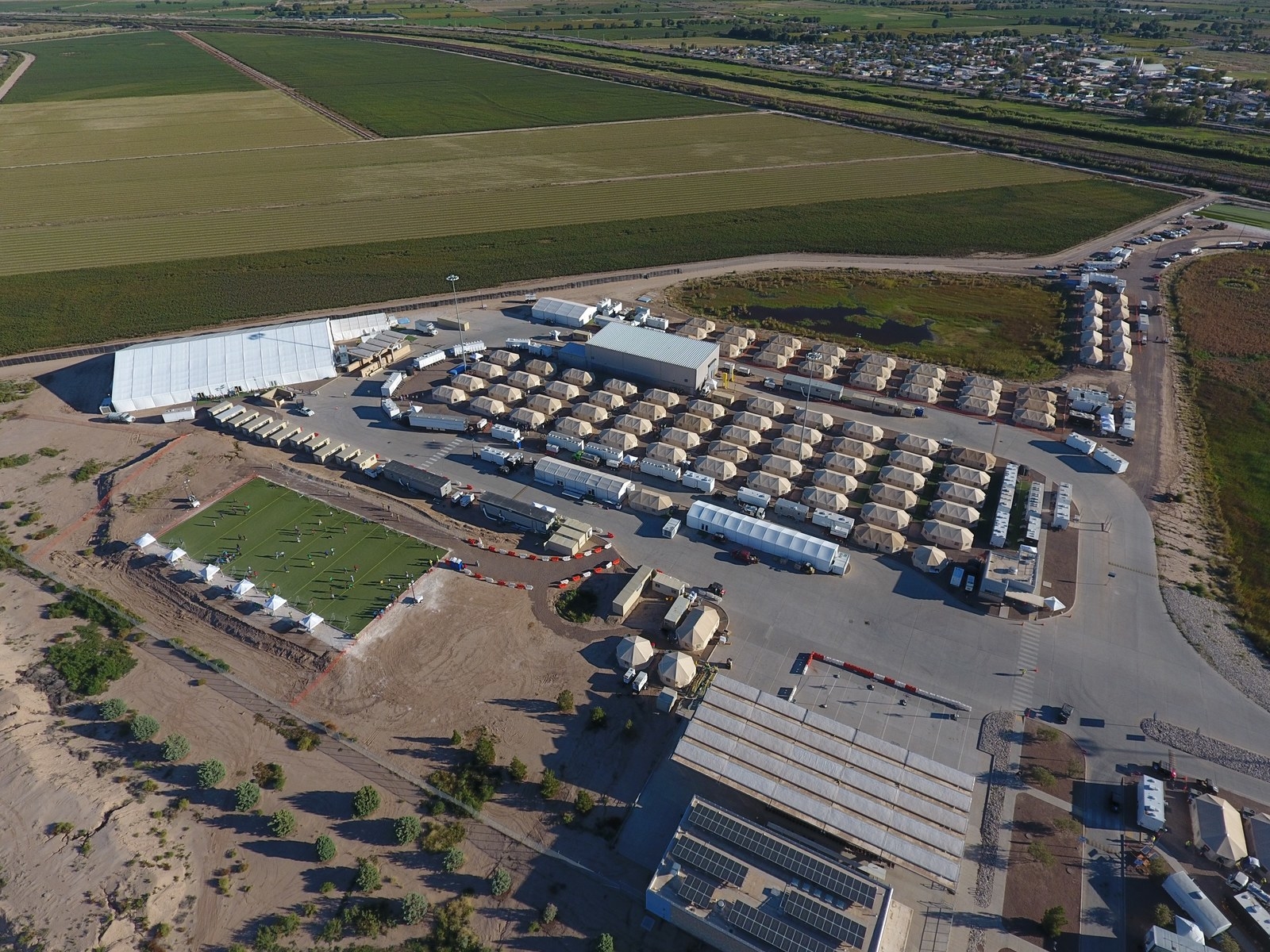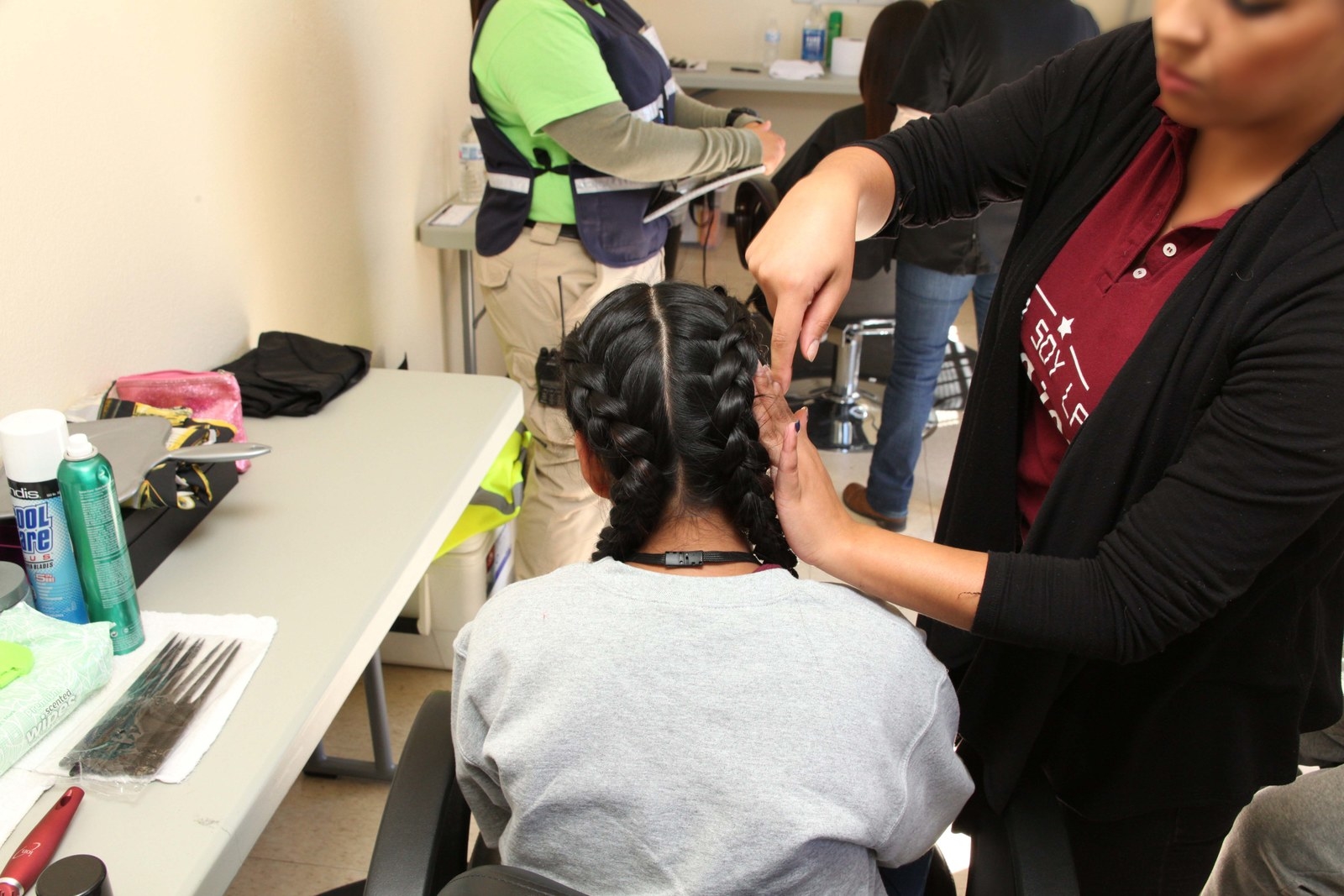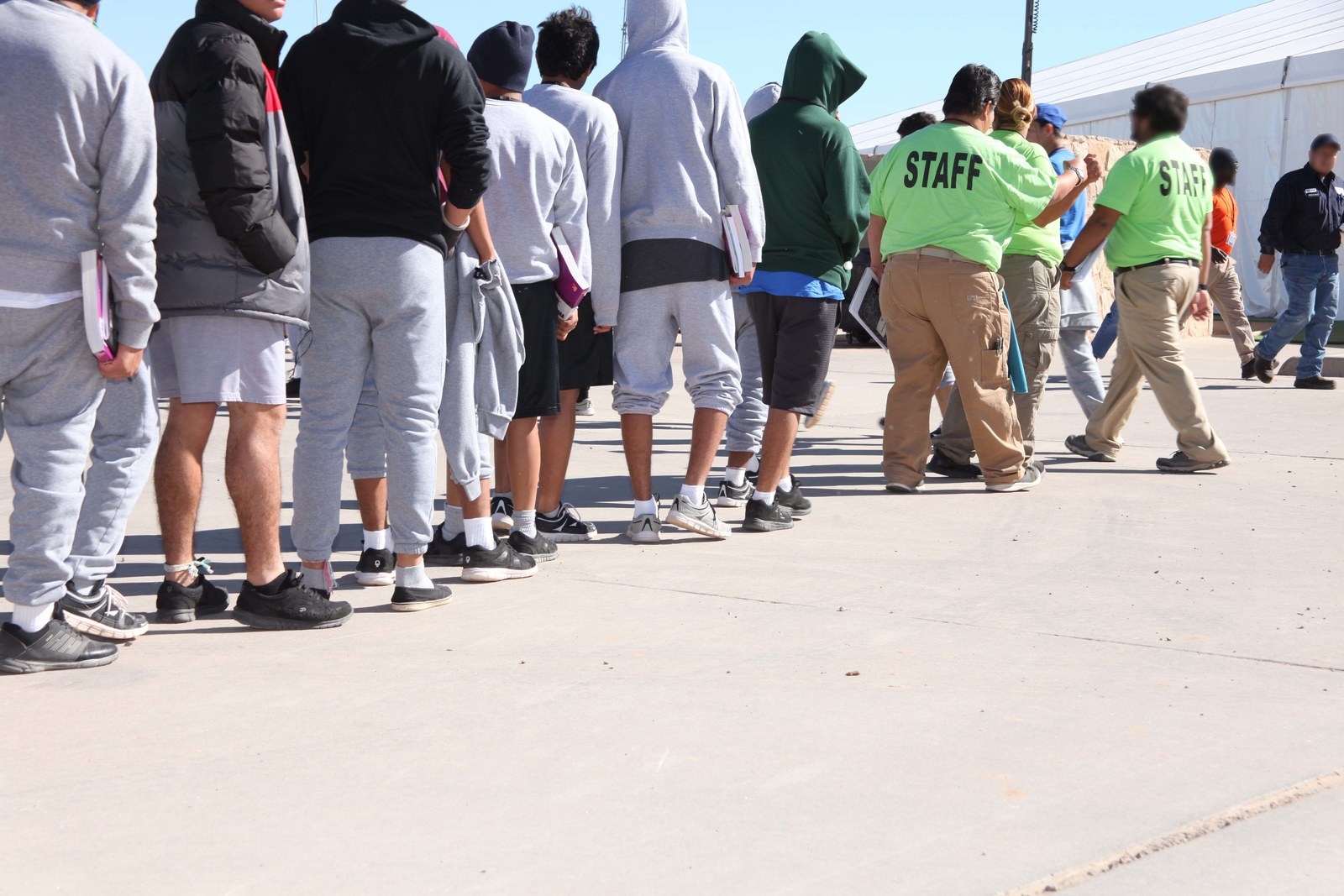
Posted by Dan Kowalski @ LexisNexis:
New Legal Filing Links High-level Trump Officials to Asylum “Turnback Policy” – Al Otro Lado, Inc. v. Nielsen
American Immigration Council, Oct. 16, 2018 – “In a new court filing, asylum seekers and an immigrant rights group are challenging the Trump administration’s policy and practice of turning back asylum seekers at ports of entry along the U.S.-Mexico border. Friday’s filing directly links high-level Trump administration officials to an official “Turnback Policy,” ordering U.S. Customs and Border Protection (CBP) officials to restrict the number of asylum seekers who can access the asylum process at ports of entry. The Turnback Policy compounds other longstanding border-wide tactics CBP has implemented to prevent migrants from applying for asylum in the U.S., including lies, intimidation, coercion, verbal abuse, physical force, outright denials of access, unreasonable delay, and threats—including family separation.
The new filing was brought by the Los Angeles and Tijuana-based organization Al Otro Lado, Inc. and individual asylum seekers who are collectively represented by the Center for Constitutional Rights, the Southern Poverty Law Center, and the American Immigration Council. The attorneys allege that the Trump administration policy and practice violate U.S. and international law and subject vulnerable asylum seekers to imminent danger, deportation, or death.
“Every day we work with survivors of horrific physical and sexual violence, doing our best to provide the necessary resources to extremely vulnerable individuals. They come to our border to seek safety for themselves and their children. The United States, in implementing the Turnback Policy, cavalierly rejects thousands of these individuals, retraumatizing them and stranding them alone and destitute. It is hard to overstate the cruelty with which CBP operates,” said Nicole Ramos, Border Rights Project director at Al Otro Lado.
Attorneys say practices under the Turnback Policy are directly attributable to high-level Trump administration officials, including Attorney General Jeff Sessions and Department of Homeland Security Secretary Kirstjen Nielsen. The filing cites Sessions’ characterization of asylum seekers as deliberately attempting to “undermine our laws and overwhelm our system,” and Nielsen’s reference to the legally required process of receiving and processing asylum seekers at the border as a “loophole.” The filing also quotes U.S. Customs and Border Protection officers as stating, “We have orders not to let anybody in.”
“Internal CBP documents released in this case reveal that high-level CBP officials authorized a Turnback Policy as early as 2016 to restrict the flow of asylum seekers to the U.S-Mexico border,” said Melissa Crow, senior supervising attorney with the Southern Poverty Law Center’s Immigrant Justice Project. “The Turnback Policy has escalated under the Trump administration and has been buttressed by a wide range of unlawful tactics that CBP uses to deny asylum seekers access to the protection they deserve.”
Said Baher Azmy, legal director of the Center for Constitutional Rights, “Ever since the horrors of World War II, the world’s nations have committed to giving asylum seekers the opportunity to seek safe haven. The Trump administration has turned its back on this most elementary humanitarian principle, in violation of U.S. and international law, and is subjecting vulnerable men, women and children who are fleeing horrific conditions at home to continued terror, violence and in some cases, death.”
Asylum seekers are fleeing persecution in their home countries, and suffer unspeakable harm en route to the United States at the hands of Mexican government officials, cartels, and gangs. When they are turned away at ports of entry, the lawsuit alleges, they are compelled to either enter the U.S. illegally and be prosecuted, stay trapped in Mexico where they are targeted by criminal groups, or return home to face persecution and death. The filing recounts an extensive array of inaccurate information and abusive treatment those seeking asylum have faced at the hands of U.S. border officials, including that the U.S. is no longer providing asylum or that people from specific countries are not eligible; yelling at, harassing, and assaulting asylum seekers and their children; threatening to take children away from their parents; and setting up “pre-checkpoints” that prevent asylum seekers from reaching the U.S. border. Over four consecutive days in March, CBP officials turned away Guatemalan asylum seekers, saying “Guatemalans make us sick.”
The filing amends a previous filing challenging CBP’s turnbacks of asylum seekers at ports of entry. The challenged practices were initially implemented in 2016 and greatly exacerbated by the Trump administration.
Read the filing here.
For more information, visit CCR’s case page and the American Immigration Council.
American Immigration Council, Oct. 16, 2018 – “In a new court filing, asylum seekers and an immigrant rights group are challenging the Trump administration’s policy and practice of turning back asylum seekers at ports of entry along the U.S.-Mexico border. Friday’s filing directly links high-level Trump administration officials to an official “Turnback Policy,” ordering U.S. Customs and Border Protection (CBP) officials to restrict the number of asylum seekers who can access the asylum process at ports of entry. The Turnback Policy compounds other longstanding border-wide tactics CBP has implemented to prevent migrants from applying for asylum in the U.S., including lies, intimidation, coercion, verbal abuse, physical force, outright denials of access, unreasonable delay, and threats—including family separation.
The new filing was brought by the Los Angeles and Tijuana-based organization Al Otro Lado, Inc. and individual asylum seekers who are collectively represented by the Center for Constitutional Rights, the Southern Poverty Law Center, and the American Immigration Council. The attorneys allege that the Trump administration policy and practice violate U.S. and international law and subject vulnerable asylum seekers to imminent danger, deportation, or death.
“Every day we work with survivors of horrific physical and sexual violence, doing our best to provide the necessary resources to extremely vulnerable individuals. They come to our border to seek safety for themselves and their children. The United States, in implementing the Turnback Policy, cavalierly rejects thousands of these individuals, retraumatizing them and stranding them alone and destitute. It is hard to overstate the cruelty with which CBP operates,” said Nicole Ramos, Border Rights Project director at Al Otro Lado.
Attorneys say practices under the Turnback Policy are directly attributable to high-level Trump administration officials, including Attorney General Jeff Sessions and Department of Homeland Security Secretary Kirstjen Nielsen. The filing cites Sessions’ characterization of asylum seekers as deliberately attempting to “undermine our laws and overwhelm our system,” and Nielsen’s reference to the legally required process of receiving and processing asylum seekers at the border as a “loophole.” The filing also quotes U.S. Customs and Border Protection officers as stating, “We have orders not to let anybody in.”
“Internal CBP documents released in this case reveal that high-level CBP officials authorized a Turnback Policy as early as 2016 to restrict the flow of asylum seekers to the U.S-Mexico border,” said Melissa Crow, senior supervising attorney with the Southern Poverty Law Center’s Immigrant Justice Project. “The Turnback Policy has escalated under the Trump administration and has been buttressed by a wide range of unlawful tactics that CBP uses to deny asylum seekers access to the protection they deserve.”
Said Baher Azmy, legal director of the Center for Constitutional Rights, “Ever since the horrors of World War II, the world’s nations have committed to giving asylum seekers the opportunity to seek safe haven. The Trump administration has turned its back on this most elementary humanitarian principle, in violation of U.S. and international law, and is subjecting vulnerable men, women and children who are fleeing horrific conditions at home to continued terror, violence and in some cases, death.”
Asylum seekers are fleeing persecution in their home countries, and suffer unspeakable harm en route to the United States at the hands of Mexican government officials, cartels, and gangs. When they are turned away at ports of entry, the lawsuit alleges, they are compelled to either enter the U.S. illegally and be prosecuted, stay trapped in Mexico where they are targeted by criminal groups, or return home to face persecution and death. The filing recounts an extensive array of inaccurate information and abusive treatment those seeking asylum have faced at the hands of U.S. border officials, including that the U.S. is no longer providing asylum or that people from specific countries are not eligible; yelling at, harassing, and assaulting asylum seekers and their children; threatening to take children away from their parents; and setting up “pre-checkpoints” that prevent asylum seekers from reaching the U.S. border. Over four consecutive days in March, CBP officials turned away Guatemalan asylum seekers, saying “Guatemalans make us sick.”
The filing amends a previous filing challenging CBP’s turnbacks of asylum seekers at ports of entry. The challenged practices were initially implemented in 2016 and greatly exacerbated by the Trump administration.
Read the filing here.
For more information, visit CCR’s case page and the American Immigration Council.
**********************************************
It’s a strange system where the victims of law violations are punished while the “perps” — folks like Sessions, Nielsen, Miller, etc — walk free and are allowed to continue their lawless behavior.
Even stranger: A guy like Sessions — a scofflaw “Jim Crow Throwback” if there ever was one — has the absolute audacity to whine, complain, and even threaten when occasionally Federal Judges intervene in relatively limited ways to force him and even Trump to comply with our country’s laws and our Constitution. But, I suppose that’s what free speech is all about. Nevertheless, Sessions’s freedom to express his opinions that mock, distort, and mischaracterize our laws doesn’t necessarily entitle him to act on those opinions in a manner inconsistent with those law.
PWS
10-18-18

























